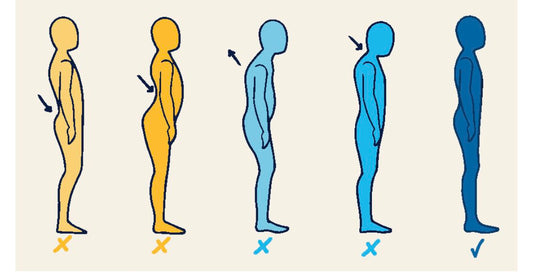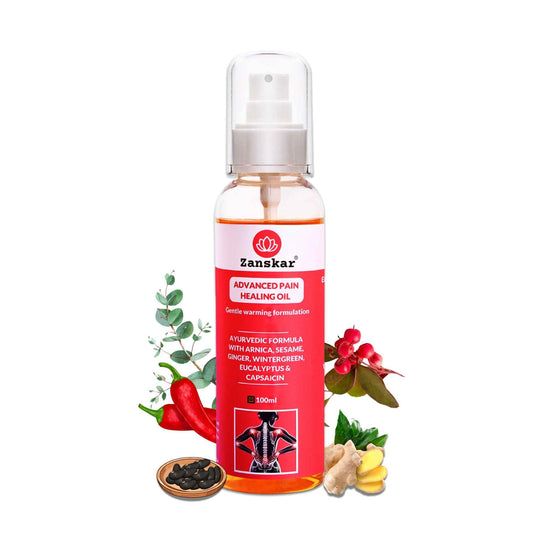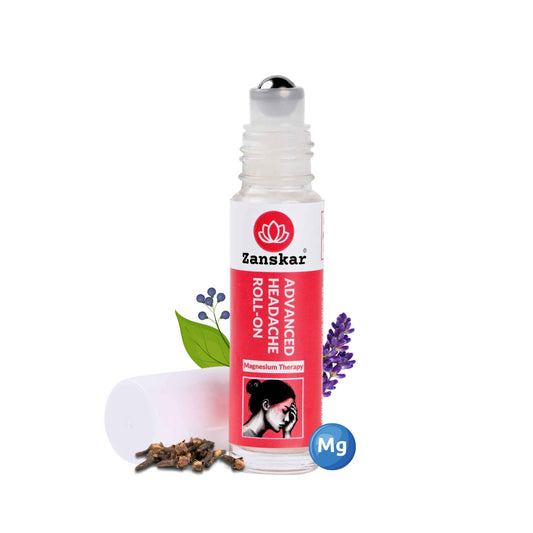
Not only is side sleeping preferred by 60% of adults, but it is also considered to be one of the healthiest sleep positions. Side sleeping offers many benefits, from improved spinal alignment to a reduced risk of snoring, heartburn, and back pain.
To unlock the full potential of these benefits, however, you need to get into just the right position. Learn more about how to sleep on your side, which side you should choose, and what else to consider.
Why Sleeping on Your Side Is Killing Your Shoulder
One notable drawback to sleeping on your side is that it can increase your risk of shoulder pain.
Certain sleeping positions can cause stress and strain on your shoulder. While your sleeping position may cause shoulder pain, it may also be exacerbating an underlying medical condition, such as frozen shoulder.
Numerous shoulder conditions may cause pain or discomfort while sleeping, including:
· Rotator cuff injury: A rotator cuff injury can happen when the rotator cuff’s tendons are irritated and inflamed, known as tendinitis, or partially or completely torn. Sleeping on your side can worsen or exacerbate rotator cuff injury symptoms, including dull pain or aches in the shoulder and reduced range of motion from stiffness. Rotator cuff injury pain may cause disrupted sleep and worsening pain when using the shoulder.
· Shoulder bursitis: Bursae are fluid-filled sacs that help cushion the delicate tissues around joints and are found all over the body. Shoulder bursitis is when the bursae of the shoulder become irritated and inflamed. While bursitis can develop anywhere that bursae are located, the shoulder is one of the most common areas for bursitis to develop. Symptoms of shoulder bursitis include redness, inflammation and stiffness in the shoulder, pain that worsens with movement, localized tenderness and increased pain from pressure.
· Osteoarthritis: Shoulder osteoarthritis is when the shoulder’s cartilage, which is designed to cushion the bones, deteriorates and breaks down. While shoulder osteoarthritis can occur naturally with age, it may also develop from previous trauma or injury. Shoulder osteoarthritis symptoms may include reduced range of motion, stiffness and pain that often worsens with movement. Some cases of shoulder osteoarthritis may cause clicking or grinding sounds within the shoulder.
· Shoulder impingement: Shoulder impingement occurs when the tissues around the rotator cuff begin to rub or grind against nearby tissue or bones. This rubbing may be caused by tendinitis, bursitis or bone spurs. Commonly, shoulder impingement causes pain at the outer part or top of the shoulder and a general feeling of weakness in the shoulder.
Side sleeping best practices
Whether you’re a veteran side sleeper or are new to this position, it’s important to know how do it right. This way, you can get the most out of this sleeping position without waking up to pain and discomfort the next morning:
1. Lie down on a medium-firm mattress, using one firm pillow underneath your head.

2. Shift over to your left side first. Your ears should be in line with your shoulders, while your chin is neutral. Avoid tucking your chin into your chest or keeping your head down as this leads to neck pains when you wake up.
3. Keep your arms and hands below your face and neck, preferably parallel to the sides.
4. Put a firm pillow between your knees (especially if you have low back pain). This helps prevent the collapse of hip and knee joints, thereby creating better alignment in your spine.

5. Slightly lift your knees up toward your chest to reduce pressure on your back.
6. Alternate sides as evidence suggests that habitually sleeping on one side contributes to muscle imbalance.
Best At-Home Treatment for Shoulder Pain
Fortunately, there are many effective at-home shoulder pain treatments to alleviate pain and tension. While at-home shoulder pain treatments can be effective, we do suggest consulting with your physician before introducing any shoulder exercises or medicine into your routine. Some of the most popular shoulder pain treatments include:
· Shoulder exercises: Shoulder exercises and physical therapy methods can help alleviate tension and pain by strengthening your shoulder’s tendons and muscles. Common shoulder exercises include range-of-motion exercises, rotator cuff strengthening and upper extremity strengthening.
· Anti-inflammatory medicine: Over-the-counter pain and anti-inflammatory medicine can also help minimize painful shoulder symptoms. Make sure to consult a doctor for this.
When Should You See a Doctor for Shoulder Pain?
You may want to see your doctor if you are experiencing severe shoulder pain that interrupts your daily life or inhibits your ability to perform essential tasks. While shoulder pain may need a couple of weeks to improve with at-home treatments and medicine, shoulder pain that persists longer than a few weeks may also be a reason to seek medical assistance. You may want to see a doctor if you experience:
· Pain that does not improve and persists for more than a few weeks
· Grinding, snapping, clicking or popping noises in the shoulder
· Previous shoulder injury or dislocation
· Inability to perform daily tasks
· Difficulty sleeping
· A visible growth or swollen mass on the shoulder
Learn More About Zanskar Health
If you have joint or muscle pain that makes it hard to move, Zanskar offers the most advanced full stack pain relief solutions for you.
Now available to purchase, Zanskar® Advanced Pain Healing Cream has a unique formulation of natural ingredients like Arnica, Vitamin B6, MSM and Capsaicin, which is trusted by over 20L+ pain sufferers globally. It provides lasting relief from muscle and joint discomfort that you can feel good about. Get your fix before stocks run out - buy now.
You can also gain access to therapeutic exercises and stretches for your condition by downloading the Zanskar Health physiotherapy mobile app. Additionally, you’ll have a personal care team to guide, support, and tailor our program to you, including behavioral and nutritional coaching.
Download our mobile app here 👉 download and track your exercise streak.
Medical Review: This article is written by Dr Nishtha Mittal (Senior Health Content Editor at Zanskar Health) and has been medically reviewed by Dr Rashi Goel (Senior Physiotherapist at Zanskar Health). This article and its contents are provided for educational and informational purposes only and do not constitute medical advice or professional services specific to you or your medical condition.








